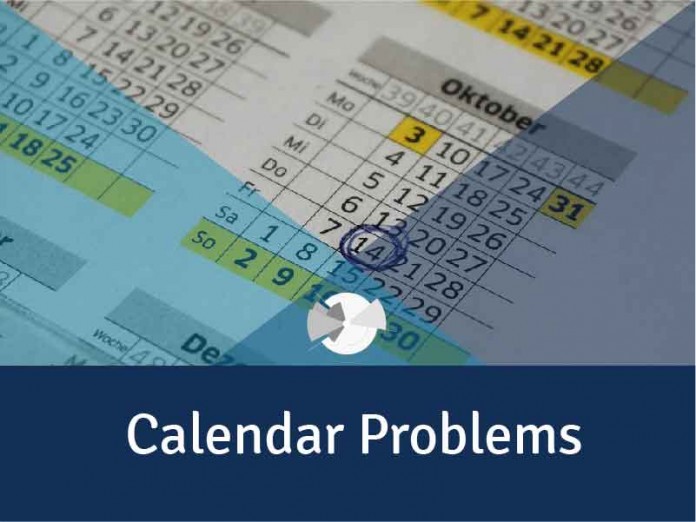Tricks & Concepts to Solve Calendar Problems
Here we are providing you very easy tricks to solve calendar problems. These problems may be asked in your Railway exams or various other competitive exams.So, just have a look over the concept to solve Calendar problems
1 year = 12 months
12 months = 52 weeks
1 week = 7 days
Ordinary Year = 52 weeks + 1 odd day
Leap Year = 52 weeks + 2 odd days
Odd days are the number of days more than complete week or extra days in a year.
What is a Leap year?
- A particular year divisible by 4 is called leap year, also it should not be century year
For example: 1976, 1840 are leap year as they are divisible by 4
- Each fourth century is a leap year
For example: 400, 800, 1200, 1600, 2000, 2400 are leap years, but 700, 1300, 1900 are not leap years
Counting of weeks and days in year:
- 1 ordinary year has 365 days = 52 weeks + 1 odd day
- 1 leap year has 366 days = 52 weeks + 2 odd days
- 100 years = 76 ordinary years + 24 leap years = 76*1 + 24*2 = 124 odd days = 17 weeks + 5 odd days, Since in 100 years, number of odd days are 5
- In 200 years, number of odd days are 5*2= 10 = 1 week + 3 odd days, 3 odd days
- Similarly in 300 years 5*3 = 15 = 2 weeks + 1 odd day
- Similarly for 400 years number of odd days 5*4 + 1 = 0 odd days, from this we conclude that for 800, 1200, 1600 , 2000, 2400 years odd days will be zero
Also, Good to read Union Railway Budget , Railway zones & Headquarters
Also Read
Shortcuts for Calculating Compound Interest



















